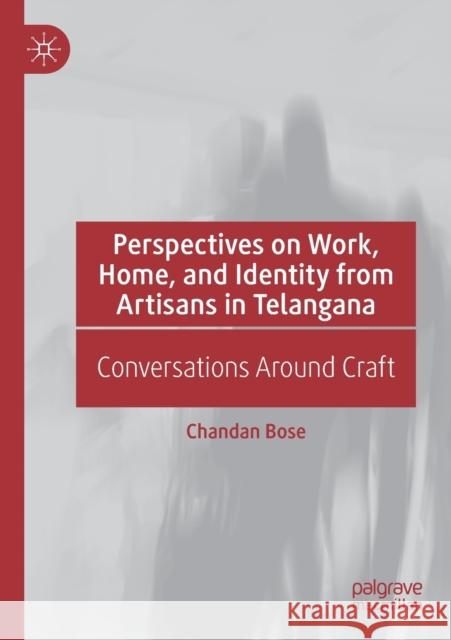Perspectives on Work, Home, and Identity from Artisans in Telangana: Conversations Around Craft » książka
topmenu
Perspectives on Work, Home, and Identity from Artisans in Telangana: Conversations Around Craft
ISBN-13: 9783030125189 / Angielski / Miękka / 2020 / 311 str.
Perspectives on Work, Home, and Identity from Artisans in Telangana: Conversations Around Craft
ISBN-13: 9783030125189 / Angielski / Miękka / 2020 / 311 str.
cena 195,42 zł
(netto: 186,11 VAT: 5%)
Najniższa cena z 30 dni: 192,74 zł
(netto: 186,11 VAT: 5%)
Najniższa cena z 30 dni: 192,74 zł
Termin realizacji zamówienia:
ok. 20 dni roboczych.
ok. 20 dni roboczych.
Darmowa dostawa!
Kategorie:
Kategorie BISAC:
Wydawca:
Palgrave MacMillan
Język:
Angielski
ISBN-13:
9783030125189
Rok wydania:
2020
Wydanie:
2019
Ilość stron:
311
Waga:
0.39 kg
Wymiary:
21.01 x 14.81 x 1.75
Oprawa:
Miękka
Wolumenów:
01
Dodatkowe informacje:
Wydanie ilustrowane











